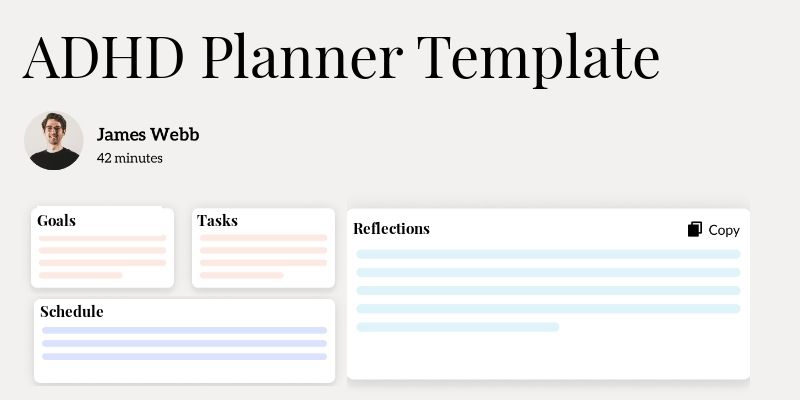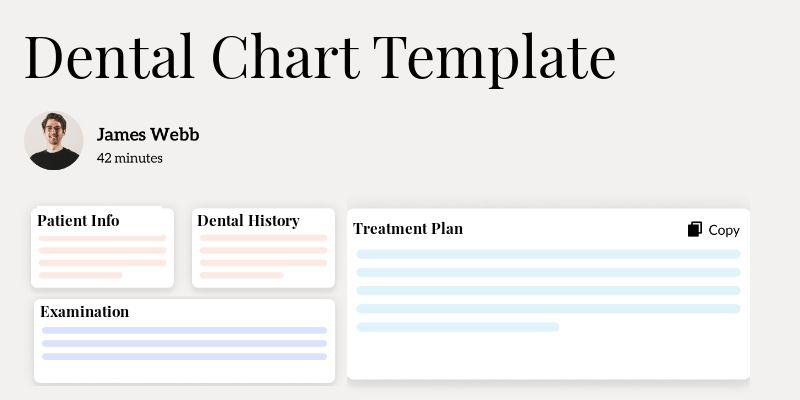
BIRP Note Template
Writing clinical notes can sometimes be a cumbersome task, especially when trying to find the right format that meets the requirements of insurance providers, legal standards, and clinical practices. If you find yourself wrestling with documentation or searching for a streamlined way to record patient interactions, you're not alone. Let’s explore how the BIRP Note Template can help simplify this process and ensure your notes are comprehensive yet concise.
What Is a BIRP Note Template?
The BIRP Note Template is a structured method of documenting patient interactions in a way that is both efficient and informative. The acronym stands for Behavior, Intervention, Response, and Plan. This format allows healthcare providers to record important details systematically while ensuring that the notes are easy to read and analyze.
BIRP notes are particularly useful in mental health settings but are applicable across various healthcare disciplines. They help in tracking patient progress over time and facilitate effective communication among providers.
Key Components of a BIRP Note
Understanding the key components is essential for creating effective BIRP notes.
- Behavior: Document the patient's observable actions or statements.
- Intervention: Describe what actions or treatments were provided to the patient.
- Response: Note how the patient responded to the interventions, including emotional and physical reactions.
- Plan: Outline the next steps, including any follow-up appointments or changes in treatment.

How to Use a BIRP Note Template: Step-by-Step Process
- Start by noting the date and time of the session to establish a timeline.
- In the Behavior section, write down the patient's verbatim quotes and observed behaviors.
- In the Intervention section, detail the treatments or techniques you employed during the session.
- Document the patient's Response, capturing their verbal and non-verbal feedback.
- Conclude with the Plan, specifying any recommendations and scheduling future appointments.
Benefits of a BIRP Note
Benefit | Description |
|---|---|
Structured Format | Provides a standardized way of documenting patient interactions, enhancing clarity. |
Improved Communication | Ensures continuity of care by facilitating a clear exchange of information among providers. |
Compliance | Helps meet regulatory and insurance documentation requirements, minimizing audit risks. |
Patient-Centered | Focuses on the patient's experience and involvement in their treatment process. |
Time Efficiency | Streamlines the note-taking process, allowing clinicians to spend more time with patients. |
Stakeholders in BIRP Notes
Various stakeholders benefit from the thorough documentation provided by BIRP notes.
- Healthcare Providers: For example, a therapist may quickly grasp a patient's progress by reviewing past BIRP notes, allowing for tailored sessions.
- Insurance Companies: They can efficiently process claims when notes are clear and aligned with treatment plans.
- Patients: Understand their treatment journey better through clear documentation that reflects their progress and goals.
- Legal Representatives: Access BIRP notes in case of required documentation for legal cases or malpractice suits.
Example of a BIRP Note
Here’s a sample of a completed BIRP note for better clarity:
Real-World Use Cases: Practical Impact of the BIRP Template
- A family therapist assists parents who are struggling with their child's behavioral issues. By documenting their observations using the BIRP format, the clinician can identify patterns in the child’s behavior to develop more effective intervention strategies.
- A psychiatric nurse notes a patient’s resistance to medication. The BIRP note captures not only the facts but also the patient’s emotional state, enabling the treatment team to address concerns during future medication reviews.
- A school counselor leverages BIRP notes during a crisis intervention with a student. The structured approach allows the counselor to document the student’s immediate needs and responses, assisting in follow-up assessments and support plans.
Conclusion
The BIRP Note Template is a powerful tool for healthcare professionals, providing a clear framework for documenting patient interactions. By focusing on key components such as Behavior, Intervention, Response, and Plan, providers can enhance communication, ensure compliance, and offer patient‑centered care. Implementing this structured method can ease your documentation process and ultimately lead to better patient outcomes.
Disclaimer: This article is for informational purposes only and does not constitute legal or medical advice. Always consult professional guidelines and regulatory bodies for specific compliance requirements.

Dr. Danni Steimberg
Dr. Danni Steimberg is a pediatrician at Schneider Children’s Medical Center with extensive experience in patient care, medical education, and healthcare innovation. He earned his MD from Semmelweis University and has worked at Kaplan Medical Center and Sheba Medical Center.
- Always keep the patient's voice present in your notes by including their concerns and feedback.
- Use clear and straightforward language to avoid misunderstandings.
- Ensure that your notes are compliant with HIPAA regulations to maintain confidentiality.
- Incorporate specific examples and data to support your observations and interventions.
- Regularly review and update your documentation practices to meet evolving standards.
Frequently Asked Questions
Reduce burnout,
improve patient care.
Join thousands of clinicians already using AI to become more efficient.

ADHD Planner Template
Discover practical ADHD Planner Template templates to enhance your documentation efficiency.

Dental Chart Template
Discover practical Dental Chart Template templates to enhance your documentation efficiency.

Wellness Wheel Template
Discover practical Wellness Wheel templates to enhance your documentation efficiency.

